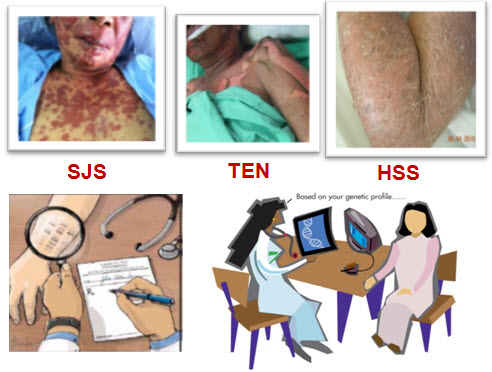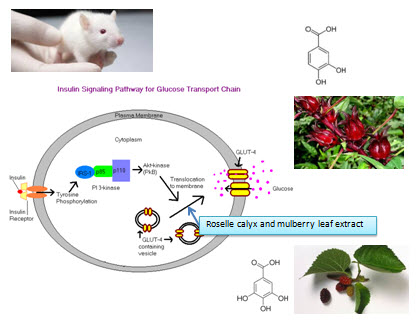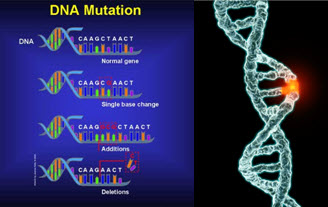Research Areas of the Department
Students will encourage to discussion with their prospective supervisors during an enrollment into the Program. The research areas of the Program are outlined as follows.
| 1. Pharmacogenomics/Pharmacokinetics | |
| Prof. Wichittra Tassaneeyakul, Ph.D., Assoc. Prof. Suda Vannaprasaht, MD., Asst. Prof. Siriporn Tiamkao, MD, Asst. Prof. Sirimas Kanjanawart, Ph.D., Asst. Prof. Nontaya Nakkam, Ph.D. | |
 |
Study of various genes that are involved or associated with drug responses (ex. response to immuno-suppressants, antifungal agents and anticoagulants) and adverse drug reactions (such as severe cutaneousadverse drug reactions, hematotoxicity, renal and hepatotoxicity). Finding genetic markers for prediction of drug response/toxicity and drug hypersensitivity |
| 2. Targeting on Molecular Pathways in Cancer | |
| Prof. Veerapol Kukongviriyapan, Ph.D., Assoc.Prof. Laddawan Senggunprai, Ph.D., Assoc.Prof. Auemduan Prawan,Ph.D., Asst. Prof. Sarinya Kongpetch, Ph.D., Dr. Phatthamon Laphanuwat, Ph.D., Dr. Piman Pocasap, Ph.D. | |
 |
Strategy to overcome drug resistance to chemotherapy in cancer, particularly cholangiocarcinoma, with emphasis on molecular pathways of Nrf2-ARE, retinoic acid, genomic maintenance-cell cycle control and inflammation-associated signaling cascades
|
| 3. Neuropharmacology | |
| Prof. Jintana Sattayasai, Ph.D., Asst.Prof. Kutcharin Phunikhom, MD., Dr. Charshawn Lahnwong, Ph.D. | |
 |
Potential pharmacological mechanisms of synthetic compounds, medicinal herbs and neutraceutical products for the treatment of neurodegenerative diseases; antidepression, anticonvulsant, antipsychotics and anti-Alzheimer, using in vitro and animal models and clinical study.
|
| 4. Diabetes, metabolic syndrome and cardiovascular diseases | |
| Assoc.Prof. Patchareewan Pannangpetch, Ph.D., Asst.Prof. Panot Tangsucharit, Ph.D., Dr. Kampeebhorn Boonloh, DVM., Ph.D. | |
 |
Study of pharmacological activity of synthetic compounds, medicinal herbs and nutraceutical products for the treatment of diabetes, metabolic syndrome and cardiovascular diseases using isolated tissues and animal models.
|
